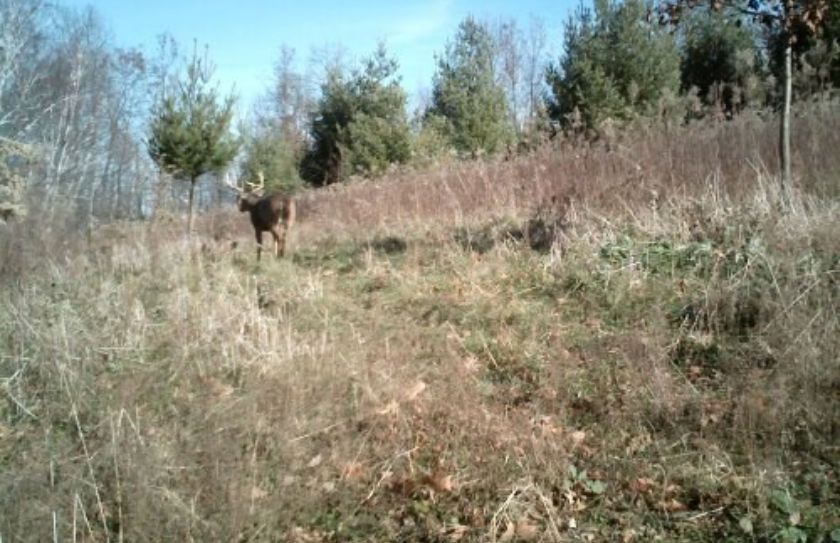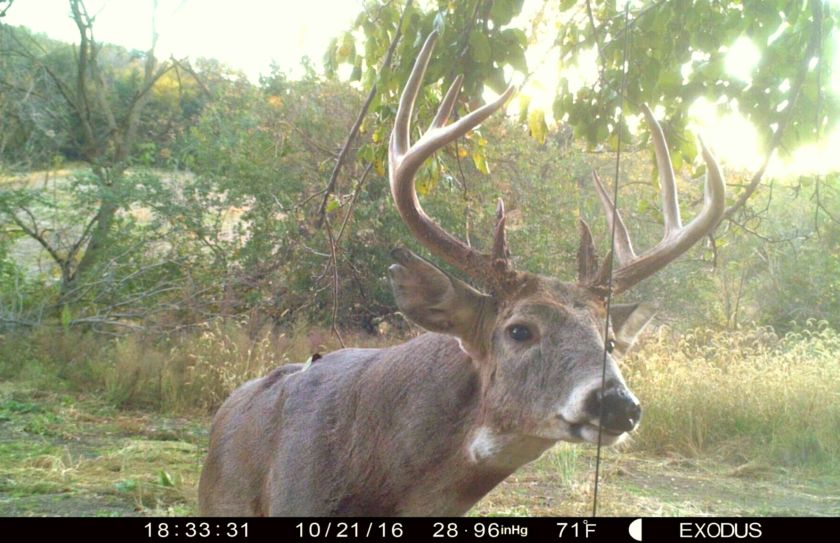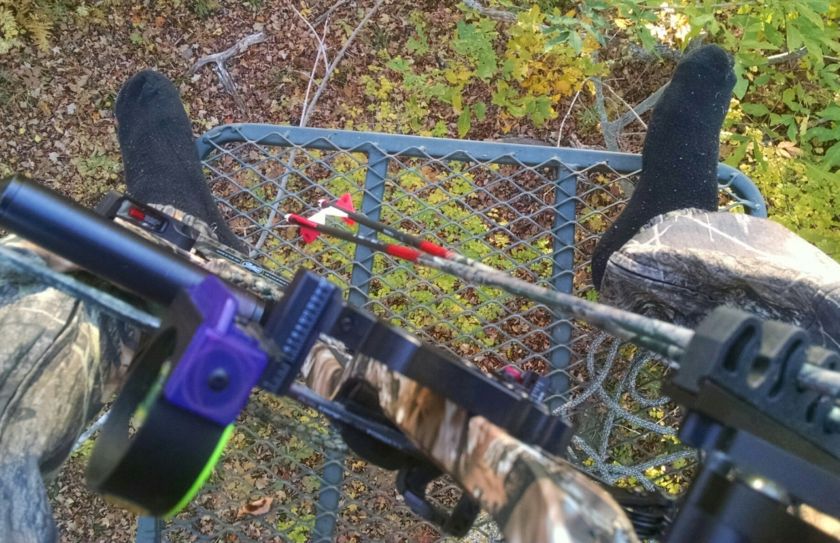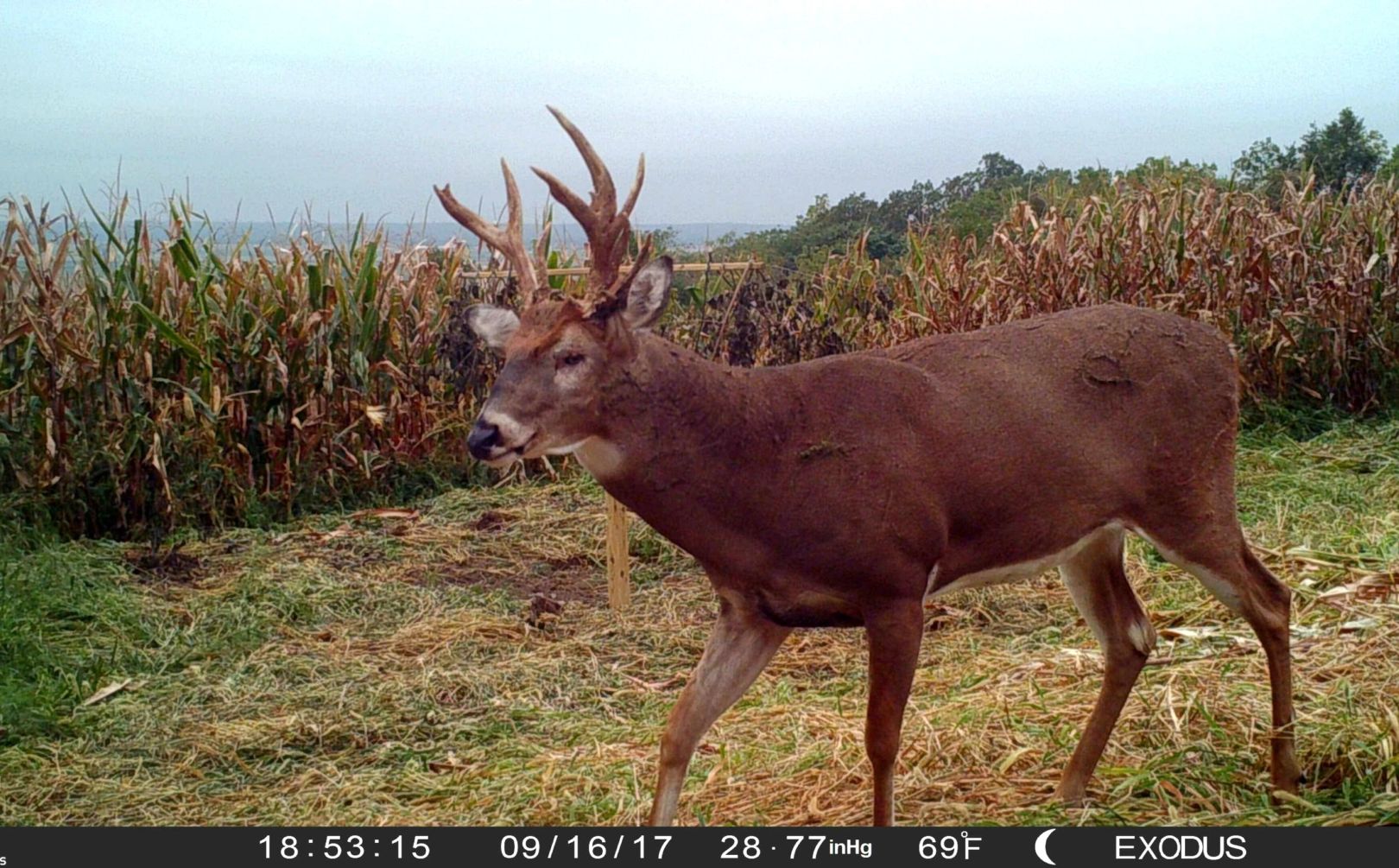
Experiencing shrinking daylight deer numbers during the hunting season, doesn't have to happen. The more you define daily deer movements from bedding to feeding, the more you can define your deer hunt. Defined hunting patterns allow you to increase morning and evening stand locations while decreasing nocturnal deer movements. It all begins, by creating and taking advantage of a Line of Deer Movement.
Daylight Lines of Deer Movement
A line of deer movement is a phrase I recognized and began defining back in the early 2000s. The concept is simple: The more that you can define the daylight movement of deer, the more that you can define how you hunt. Defined daylight deer movements between bedding and afternoon food sources is the foundation of just about any deer hunt, even on public land. In fact in my first book, Whitetail Success By Design, I discussed a mature buck hunt within a highly defined line of deer movement. In the conclusion of the book I revealed that the hunt actually took place on public land. It doesn't matter if you hunt private or public land, finding or creating daily lines of deer movement can help you set up your entire system of stand locations, including highly defined morning, mid-day and afternoon stand locations. However, strategic stand location design isn't all! Defined deer movements work extremely well to increase the amount of deer movements on your land when you need them most: During The Daylight during the hunting season.
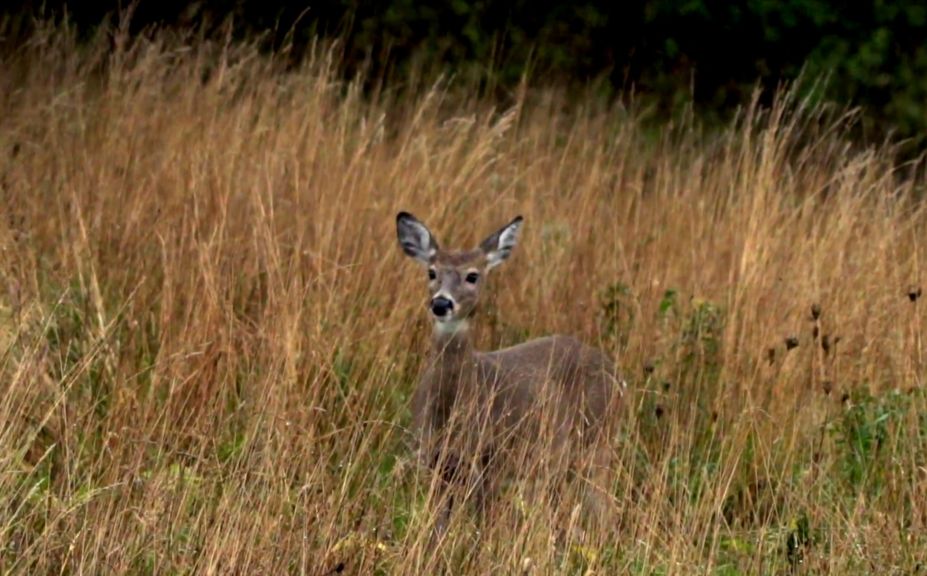
Ingredients For Increasing Daylight Deer Movement
Without just one of the ingredients of safe daylight bedding, safe daylight deer travel or safe afternoon quality food sources, you will lack the components needed for an entire line of movement. Sometimes it is actually easier to find safe and secure daylight lines of deer movement on public land, due to the over-pressuring of private land, due to invasive hunting tactics including ATV use, stand burnout and excessive food plot hunting tactics.
1. Defined Daylight Deer Bedding Layers
By screening major food source edges you can dictate exactly where does should bed. Once you have established doe bedding areas just on the outside of a major food sources, then buck bedding shouldn't be too far behind. It all starts with doe bedding adjacent to food and then buck bedding.
2. Safe Daylight Deer Travel
Although the cover doesn't need to be thick, it needs to be secure. Open mature hardwoods, fallow fields and cow pastures are all examples of habitat types that serve to block deer from moving thru them, during the daylight. No-pressure travel is critical to allow you to maintain and even increase daylight deer travel throughout the entire hunting season.
3. High Quality All Season Daylight Food Sources
One of the greatest deferents to daylight movement, is the over pressuring of major food sources, in particular food plots. Food sources need to be hidden, unpressured and allowed to remain that way for the entire hunting season.
4. Line of Deer Movement Sweeteners
Mock scrapes, waterholes and cut travel corridors are all ways to not only make sure the local deer herd stays on course, but that the local deer herd is even more attracted to the low pressure line of movement between food and cover.
5. Low Impact Hunter Access
Finally, a great daylight deer movement isn't complete -or in the right spot- if you can't assemble several quality stand locations that allow you to take a peak at the movement, without spooking the movement.
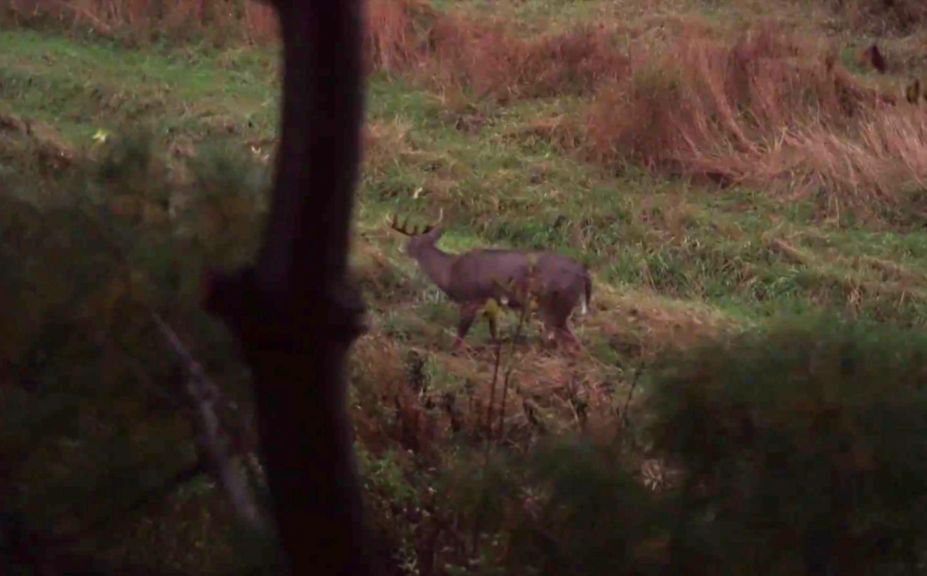
Increased Daylight Hunting Opportunities
Daylight deer movements, deer management and hunting success fit together like the 3 Musketeers, simply: You can't have one without the other! I hope that you haven't fallen into the trap that if are doing a great job creating the perfect habitat improvements, that your herd management goals are a success. Folks, if you do not have a significant amount of daylight deer movements during the hunting season, then it is nearly impossible to achieve anywhere close to your land's herd management potential. Not only is a strong % of daylight deer movement a reflection of a job well done, but so is the potential for a great deer hunt. Again, you can't successfully have one of the 3 Musketeers of deer management without the other so when you can accomplish a high % of Daylightdeer movement, you have created the opportunity for incredible hunting opportunities!
Effectively establishing lines of daily deer movement works highly in your favor, by allowing you not only to more tightly control your level of herd management success, but to more predictably control your level of hunting success. Here are 3 important stand locations that a defined lines of daylight deer movement, creates for you:
- Morning Stand Locations - By creating the entire system of daily deer movement, from bedding to afternoon food sources, you can experience outstanding morning hunting opportunities during the rut, by finding stand locations on the downwind side of mature buck bedding areas. By accessing away from major food sources and food-side staging areas, you can slip into a back door entrance into the edge of a bedding area, and wait for a buck to return to you. This tactic has accounted for roughly 75% of my top 25 bucks, and has been most effective during all phases the rut, as well as many gun season openers in the high pressure states of MI, WI and PA. Although morning stand locations can be outstanding locations to shoot a buck as he relates to his bedding area during the morning and mid-day, they are often very poor afternoon stand locations as nearly the entire herd should be focusing on afternoon food sources.
- Mid-Day Stand Locations - Travel to and from bedding on a consistent daily basis, offers you the potential for outstanding mid-day stand locations! My favorite mid-day stand locations are located between bedding and afternoon food sources, on buck cruising travel corridors that parallel major food sources. The great thing about a high quality mid-day stand location is that you can often count on deer movement all day long. Many of my favorite mid-day stands also double as evening or morning stands.
- Afternoon Stand Locations - Stand locations close to food sources but not directly over a a food source, can be the perfect spot to capture hungry afternoon whitetails as they funnel down to highly defined daylight entrances to major food sources. Although afternoon stand locations typically make very poor choices for morning stand locations, they can be the perfect compliment to a highly defined day of hunting, including separate morning and afternoon stand locations that are designed to maximize the Treestand Value of each sit. Adding a waterhole or mock scrape at an afternoon stand location, can even more highly define the line of deer movement.
Conclusion
By creating defined daily lines of deer movement that include high quality food sources, doe bedding opportunity close to the food source, secure deer travel routes to and from bedding and finally buck bedding areas behind doe bedding and further into the remote regions of your deer habitat, you have the potential for not only experiencing daylight deer movement, but increasing it as the season progresses. By protecting the daily deer movement by limiting hunting pressure to defined morning, mid-day and afternoon stand locations that offer the best wind and access advantages, you can not only experience a great hunt, but you can also realize your deer herd management potential.
